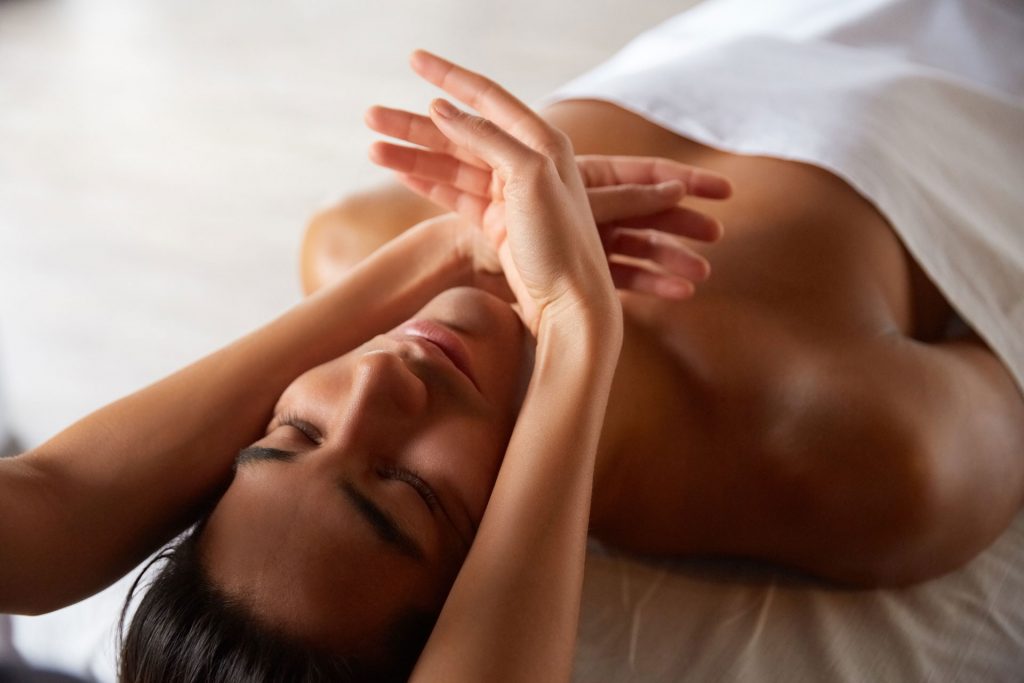Facial massage and its benefits

Facial massage is a popular cosmetic treatment that helps improve the condition of the skin. It improves blood circulation, lymphatic outflow and improves the turgor of the epidermis. It is recommended to include massage in facial care from the age of 25, and after 30 the procedure should be performed regularly.
What are the benefits of facial massage?
It’s hard to overestimate the benefits of a facial massage, as it has such effects:
- activates blood circulation, improves cell nutrition with nutrients and oxygen;
- relaxes facial muscles;
- prevents the appearance of wrinkles;
- Increases skin turgor and helps get rid of expression lines;
- stimulates the production of collagen and elastin;
- helps to purify pores;
- Improves skin tone;
- Tightens the face oval and helps to get rid of double chins;
- improves lymphatic drainage and helps to reduce swelling.
Facial massage can prevent the appearance of wrinkles and other cosmetic problems, as well as restore youthfulness and beauty. The secret lies in the fact that it addresses the cause of the signs of ageing rather than masking them.
Indications and contraindications for the procedure
A facial massage should be performed for the following indications:
- the appearance of expression lines;
- sagging skin and loss of tone;
- dullness and discoloration of the epidermis;
- swelling of the face;
- changing of the face oval and the appearance of a second chin;
- hypotonic or hypertonic face and neck muscles;
- oily, porous skin;
- the formation of bags under the eyes.
It can also be used as a preventive treatment to prevent wrinkles, sagging and dull skin.
As with any cosmetic procedure, facial massage has contraindications. It can be avoided in the following cases:
- in cases of damaged skin integrity (scratches, cuts);
- in cases of brittle blood vessels;
- in infectious diseases;
- allergic reactions in the form of rashes;
- in cases of blood clotting disorders;
- multiple moles and papillomatous growths;
- in the case of acute exacerbations of any chronic diseases;
- after deep chemical peeling.
Facial massage is not recommended in cases of hypertension and cancer (especially when the tumour is close to the area to be massaged).
Facial massage technique
The key movements during the treatment are stroking and rubbing, combined with kneading and vibration. As both the skin and muscles on the face are very sensitive, you should work on them without excessive pressure.
The key characteristics of this treatment are smooth and gliding movements. The masseur performs all the manipulations with the fingertips, without detaching from the skin. The massage is performed in various directions, from the centre to the periphery (from the corners of the mouth to the ears, from the wings of the nose to the temporal area), circular movements around the eyes and so on.
The technique may vary depending on the type of massage. A distinction is made between:
- classical;
- lymphatic drainage;
- neurosedative;
- plasticizing;
- myofascial.
You can relieve muscle spasms, improve blood and lymphatic circulation and increase skin tone only if you work properly along the massage lines. It is not enough to stroke your face with your hands to achieve the desired effect. We recommend that you seek professional help to keep your face young and attractive.

